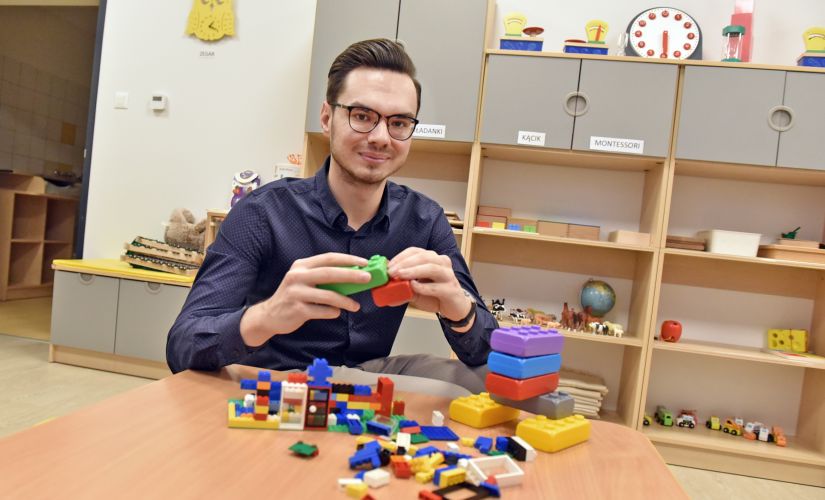Back to the past
2022 witnessed a surprising return of consumers to purchasing traditional toys and board games. The global toy market grew to nearly $123 billion, but, at the same time, it became a volatile place to do business and sustain profits. The reason? Advances in technology and virtual entertainment have lessened children's interest in traditional toys.
In order not to lose their market position, many companies resorted to a strategy of nostalgic brand positioning. If I were to name one toy manufacturer for whom that strategy worked best, it would be LEGO. For the ninth year running, the Danish company saw strong growth and set the trend for the industry.
Collector’s toys
Recently, however, a promising new trend has been observed that may prove even more profitable than nostalgia: collectible toys.
A collector's toy is targeted at older children and adults who are interested in collecting and displaying them on home shelves. Such toys are usually made of high-quality materials, often sold in limited editions, or as part of a series. They may be a variety of figurines, such as fairy tale characters or animals, model car kits and other model kits for self-assembly, and many, many others. The sort of toys are for meant for collecting rather than play. They are often considered part of the individual self-perception because they are purchased as an expression of personal identity and lifestyle.
Kidults like toys
The phenomenon of adults buying toys just for themselves was written about by Kang et al. (2020). The authors describe these people by the term kidults (kids + adults). It is a fitting pun to describe a person who has retained a childlike spirit in a body of an adult. Interestingly, a kidult will tends to buy toys somewhat secretly, deriving only pleasure from the process of purchase itself.
Sotelo-Duarte (2022) addressed the issue of nostalgia-driven collecting behavior in terms of interpersonal relationships. Netnography, a digital variant of ethnographic research, was employed in this qualitative study to provide insight into people who collect vintage toys. Another account by Cross (2017) described in the essay form the phenomenon of childhood toy collecting against the backdrop of American history.
TCV or why you buy something
The theory of consumption value (TCV) defines value as the experience of using a product. At the heart of this approach is the idea that the functional, emotional, social, cognitive, and contingent values inform the customer's final decision.
The theory has been used to predict consumer reactions (purchase intention, attitude, overall value and satisfaction) in 82 studies conducted between 1991 and 2022. In particular, the TCV theory has been applied to areas such as food consumption, food delivery applications, online brands, with an emphasis on organic products and sustainable development.
TCV study on collector's toys
To date, no studies have been conducted on how consumer values influence purchase intentions for collectible toys in representatives of generations Y (1981-1996) and Z (1997-2012). Therefore, the subject of my research 'Collectible Toys Purchasing Intentions of Generations Y and Z. Based on the Theory of Consumption Values (TCV)' will address this gap in understanding the behavior of individuals collecting toys.

